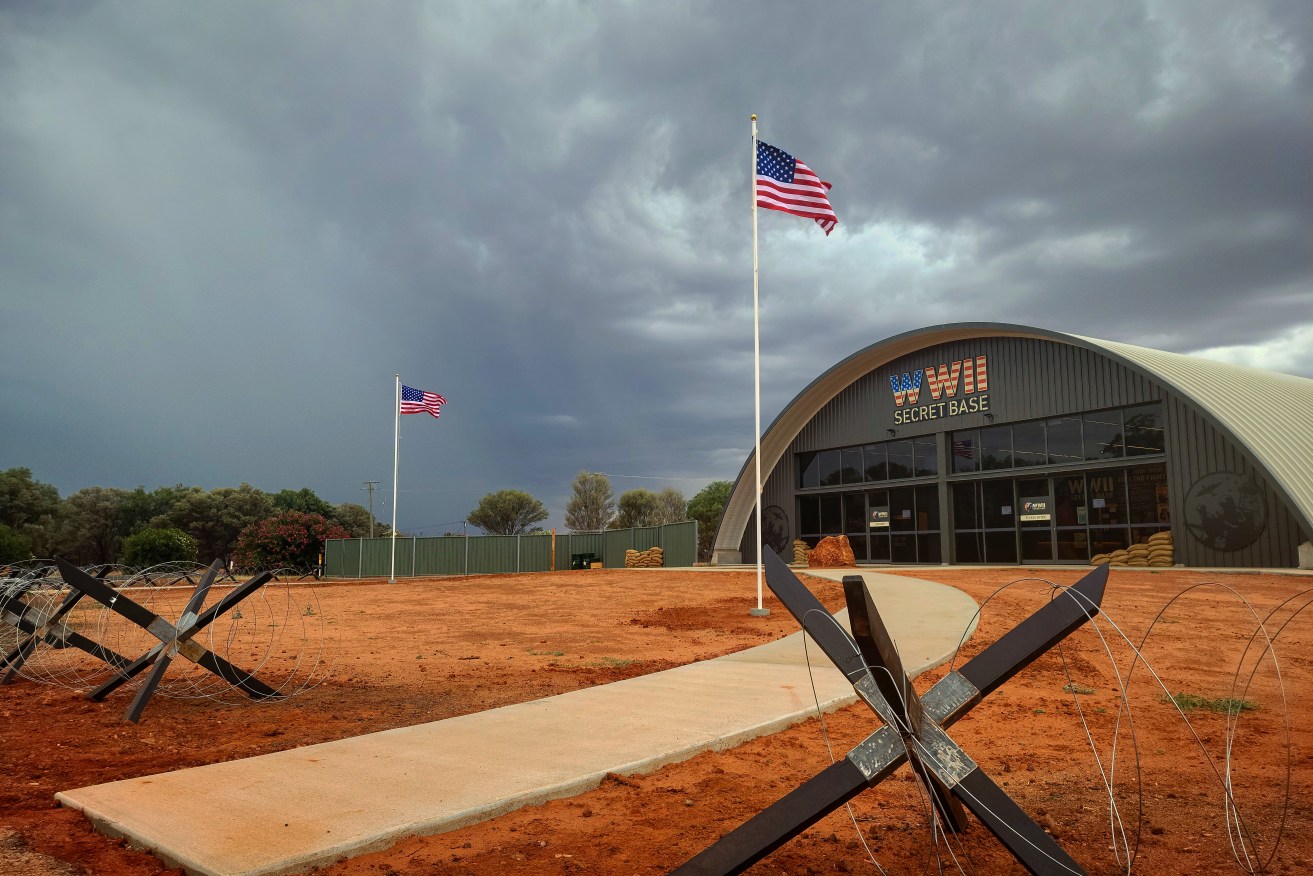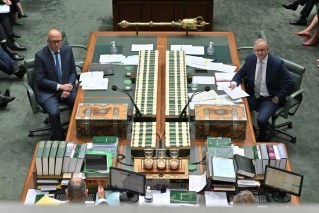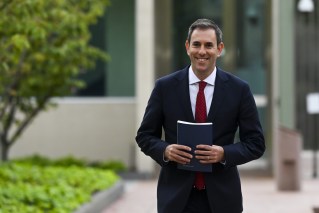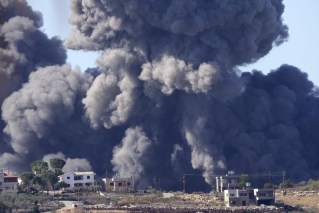Top gun: How ‘expendable’ Queensland outback town set sights on tourism boom
A region of western Queensland once considered expendable during World War II is reviving its place in military history to join the ranks of the Outback tourism boom.


World War II relics that litter the outskirts of Charleville have inspired a hi-tech tourism venture that’s breathing new life into the region’s economy, while resurrecting long-buried secrets from Australia’s wartime past.
The latest attraction is the interactive and educational WWII Secret Base, where visitors get the chance to experience simulated combat flights and be immersed in life on an air force base via augmented and virtual reality technology.
It’s a far cry from how life was really experienced by the US forces stationed at Charleville during the height of the Pacific campaign.
Commonly known as the ‘Brisbane Line’, the airbase was part of US General Douglas MacArthur’s controversial strategy to concede northern parts of Australia to protect bigger cities and populations in the south in the event the Japanese invaded.
Thankfully the plan was never executed, although its imprint on the western Queensland landscape remains.
Relics including an aircraft hangar, living quarters for soldiers and nurses, kitchens and ablution blocks were built in secret and can still be seen to this day.
When Griffith Institute for Tourism’s Associate Professor Brent Moyle arrived in Charleville, he sensed the wartime artefacts could redefine tourism for the district.
“The Murweh Shire Council (MSC) developed a tour to showcase the military heritage. However, many of the relics were crumbling away and at risk of being lost forever to other potential competing development priorities,” he said.
“During WWII there were over 3000 US soldiers living there alongside B-17 bombers and P-40 fighters at what was primarily a maintenance base during the Battle of the Coral Sea. The US soldiers weren’t allowed to tell anybody they were stationed there.”
Murweh Council approved a three-year research and development project to develop Charleville’s WWII heritage by investing $250,000 through an Advance Queensland Fellowship.
The investment is paying off, especially as Covid restrictions and border closures keep Queenslanders holidaying within the state.
Outback Queensland Tourism Association (OQTA) chair and Blackall-Tambo Mayor, Cr Andrew Martin, said more than 700,000 ‘non-locals’ visited the Outback tourism region, spending more than 3.6 million nights throughout September 2020 to July 2021.
“This is a fantastic result that has blown our already ambitious target of 500,000 non-local visitors for this period out of the water by around 37 per cent,” he said.
“That’s why we need tourism investment and initiatives to also look west to help us grow at this pivotal time.”
The Charleville project involved a research team developing three immersive prototypes which included the use of innovative 3D scanning to bring the stories of the people who lived on the top-secret US airbase to life in augmented and virtual reality.
Visitors to the recently opened WWII Secret Base centre can use iPads to scan an augmented reality table to show highly detailed scans orienting them to the layout of the base.
“By connecting with a team at Griffith Engineering, we were able to do 3D laser scanning to within two millimetres of accuracy of all the heritage sites, now preserved in a digital format that won’t degrade over time,” Moyle said.
“We try to take visitors back to that point in time when the base was active, so we enlist them into the US military and simulate the journey on the ship from New York to Sydney, around the coast of Brazil and the train ride from Sydney to Charleville.”
But the final prototype developed is arguably the WWII Secret Base’s show-stopping experience and is based on archival research that the base was used for training pilots.
Developed with Brisbane-based industry partner Xzibit, a specialist in the fit-out of interactive centres, Dr Moyle’s team built a replica of the back of a B-17 bomber, complete with a Norden bombsight used by the US Army Air Forces during WWII.
“We also created a training exercise for visitors where a US pilot is talking to you in the language of the time, and then you have to use the replica Norden bombsight to line it up and drop a bomb on a target.
“You feel like you’re being transported back in time and it’s an effective way to engage visitors in the history and experience of what it might have been like on the base.”
The WWII Secret Base, is just one part of an ambitious 20-year roadmap developed in partnership between Griffith University and Murweh Shire Council known as the Top-Secret Tourism Precinct Master Plan.
But its success is leading Moyle to ask how many other towns have a secret US airbase active during WWII?
“It’s got bunkers, buried bombers and all sorts of secrets,” Moyle said.
“It was a major opportunity to preserve this unique heritage for future generations to experience.”








